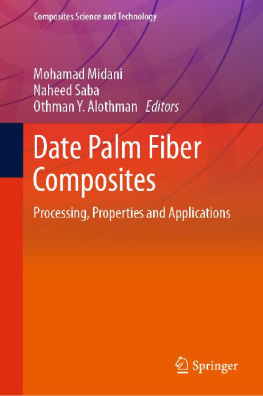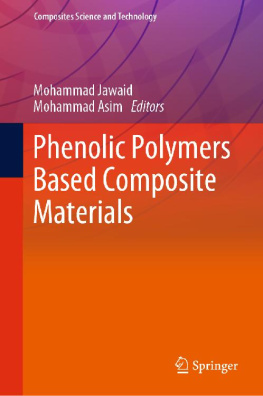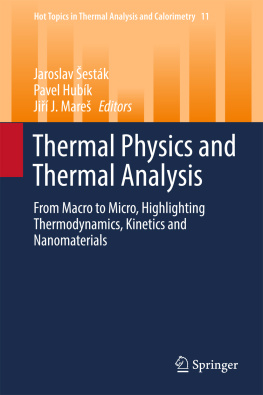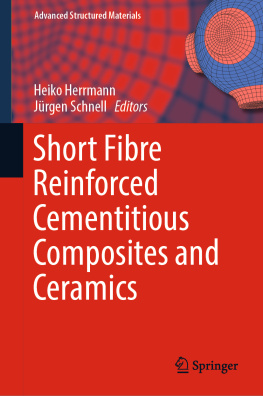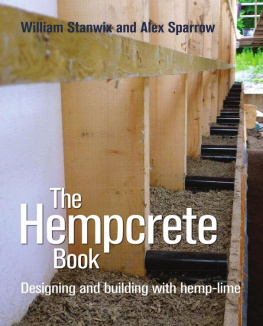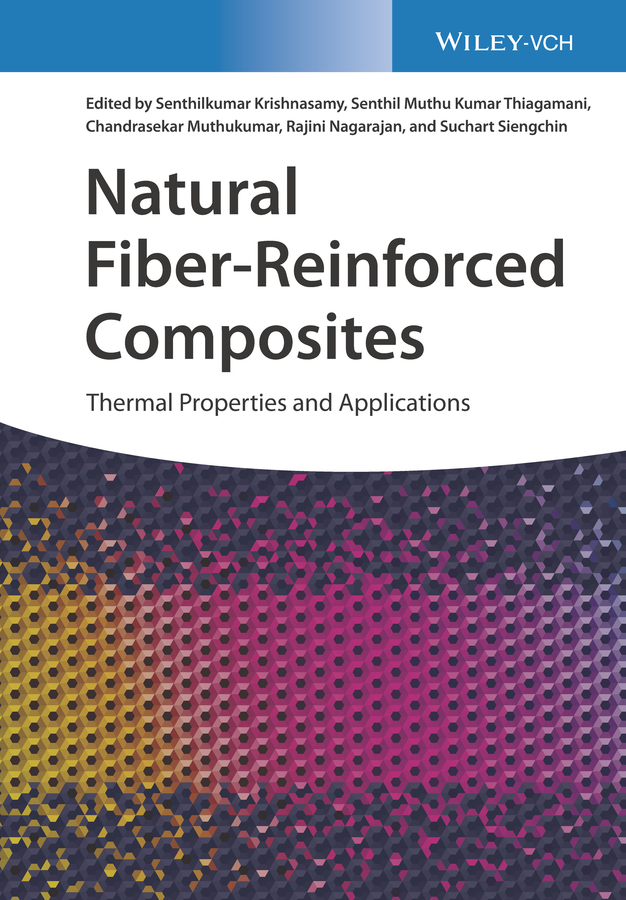Senthilkumar Krishnasamy - Natural Fiber-Reinforced Composites: Thermal Properties and Applications
Here you can read online Senthilkumar Krishnasamy - Natural Fiber-Reinforced Composites: Thermal Properties and Applications full text of the book (entire story) in english for free. Download pdf and epub, get meaning, cover and reviews about this ebook. City: Weinheim, year: 2022, publisher: Wiley-VCH, genre: Science. Description of the work, (preface) as well as reviews are available. Best literature library LitArk.com created for fans of good reading and offers a wide selection of genres:
Romance novel
Science fiction
Adventure
Detective
Science
History
Home and family
Prose
Art
Politics
Computer
Non-fiction
Religion
Business
Children
Humor
Choose a favorite category and find really read worthwhile books. Enjoy immersion in the world of imagination, feel the emotions of the characters or learn something new for yourself, make an fascinating discovery.

- Book:Natural Fiber-Reinforced Composites: Thermal Properties and Applications
- Author:
- Publisher:Wiley-VCH
- Genre:
- Year:2022
- City:Weinheim
- Rating:5 / 5
- Favourites:Add to favourites
- Your mark:
Natural Fiber-Reinforced Composites: Thermal Properties and Applications: summary, description and annotation
We offer to read an annotation, description, summary or preface (depends on what the author of the book "Natural Fiber-Reinforced Composites: Thermal Properties and Applications" wrote himself). If you haven't found the necessary information about the book — write in the comments, we will try to find it.
Natural Fiber-Reinforced Composites
In-depth overview of thermal analysis of natural fiber-reinforced composites
In Natural Fiber-Reinforced Composites: Thermal Properties and Applications, a team of distinguished researchers has delivered a comprehensive overview of the thermal properties of natural fiber-reinforced polymer composites. The book brings together information currently dispersed throughout the scientific literature and offers viable and environmentally friendly alternatives to conventional composites. The book highlights the thermal analysis of natural fiber-reinforced composites with techniques such as Thermogravimetric Analysis, Dynamic Mechanical Analysis, Thermomechanical Analysis, Differential Scanning Calorimetry, etc. This book provides:
- A thorough review of the thermal characterization of natural fiber-based hybrid composites
- Detailed investigation of the thermal properties of polymer composites reinforced with various natural fibers such as flax fiber, pineapple leaf fiber, sisal, sugar palm, grass fiber and cane fiber
- Discussions on the thermal properties of hybrid natural fiber-reinforced composites with various thermosetting and thermoplastic polymers
- Influence of nanofillers on the thermal stability and thermal decomposition characteristics of the natural fiber-based hybrid composites
Natural Fiber-Reinforced Composites: Thermal Properties and Applications is a must-read for materials scientists, polymer chemists, and professionals working in the industry. This book is ideal for readers seeking to make an informed decision regarding materials selection for applications involving thermal insulation and elevated temperature. The suitability of natural fiber-reinforced composites in the automotive, mechanical, and civil engineering sectors is highligted.
Senthilkumar Krishnasamy: author's other books
Who wrote Natural Fiber-Reinforced Composites: Thermal Properties and Applications? Find out the surname, the name of the author of the book and a list of all author's works by series.

